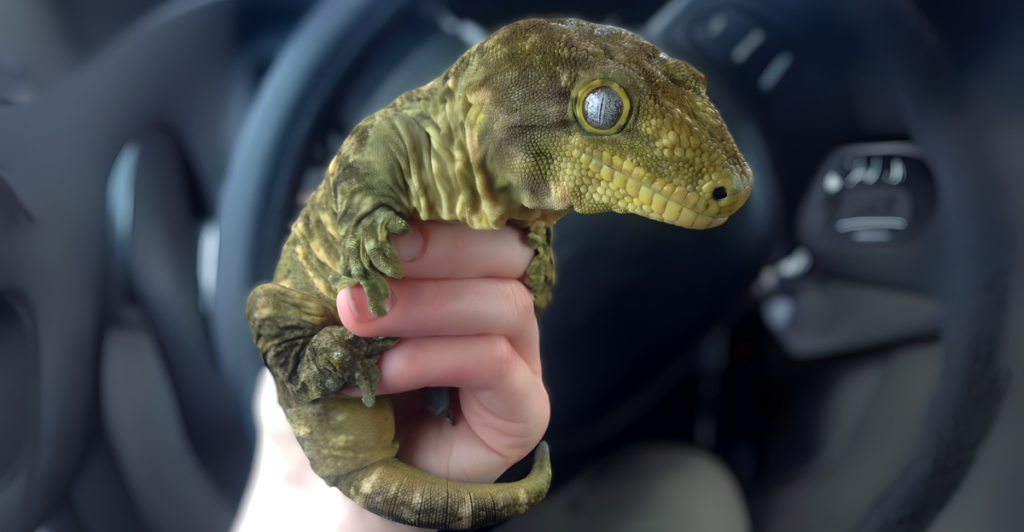
Scientists have uncovered geckos that are never seen within Southeast Asia’s limestone towers. These ancient rock formations, thought to be evolutionary dead zones, are actually thriving hubs of biodiversity. Over 200 species have been found in recent years, proving these landscapes aren’t just shelters—they’re engines of evolution.
What Makes Karst Landscapes Special?
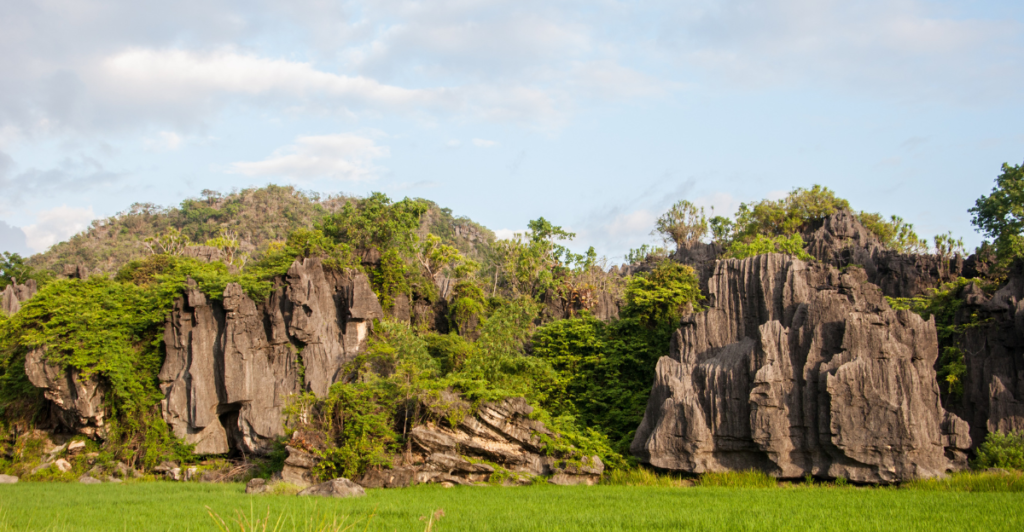
Karst landscapes are dramatic limestone formations with caves, cliffs, and sinkholes. Isolated like islands, they create the perfect setting for species to evolve independently. Many animals found here exist nowhere else on Earth. These rugged, towering landscapes hide secrets scientists are just beginning to uncover.
A Hotspot for Evolution, Not Just Preservation

For years, scientists believed karsts only preserved ancient species. But discoveries of nearly 200 new gecko species reveal they actively fuel evolution. Each limestone formation acts as a mini-world, creating unique species with special adaptations. These geckos prove that evolution is alive and well in these hidden landscapes.
Meet the Bent-Toed Geckos of Cambodia
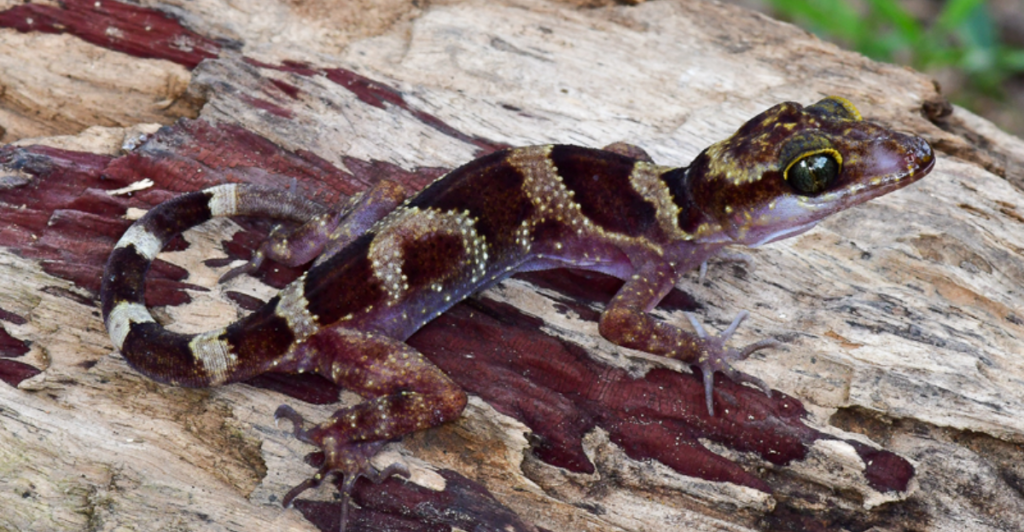
In western Cambodia, researchers discovered three new bent-toed gecko species clinging to sheer rock faces. These geckos belong to Cyrtodactylus, one of the most diverse reptile genera, with nearly 400 species. Their unique features allow them to survive in environments few other creatures can navigate.
The Slender Gecko with an Orange Tail—A Rare Find
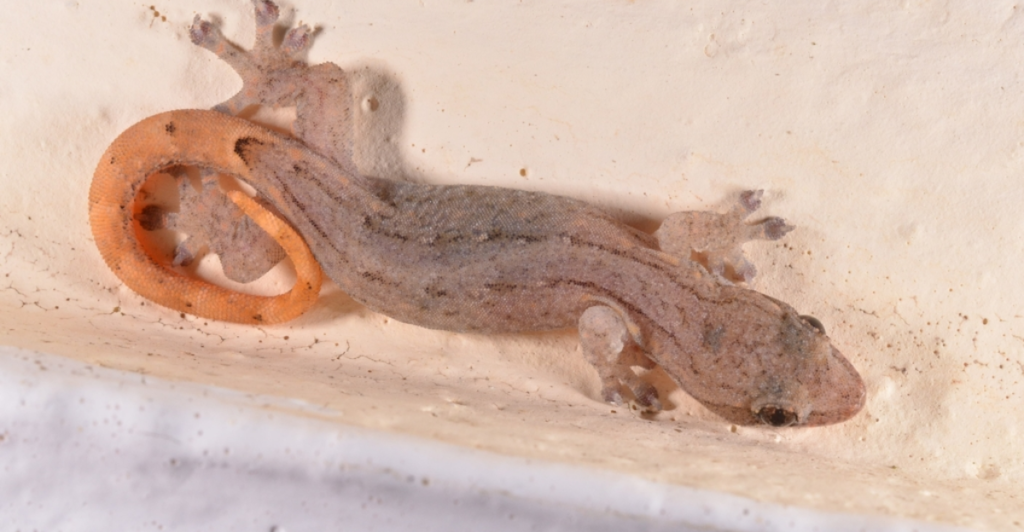
Among the discoveries, one gecko stood out—a sleek, slender species with a striking orange tail. Dubbed the “Khpoh Slender Gecko,” it was found at the base of a karst cliff. This gecko will soon be officially named, adding to the growing list of unique species thriving in these formations.
How Limestone Towers Shape Unique Species
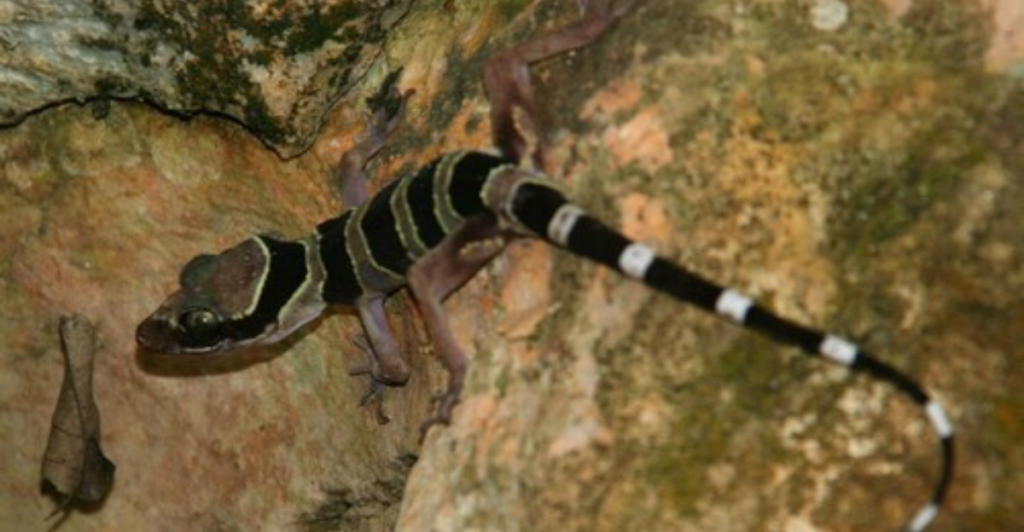
Limestone formations act like nature’s evolutionary labs. Their isolation forces species to adapt uniquely, leading to incredible diversity. The geckos found in Cambodia and Myanmar evolved larger eyes, flatter heads, and elongated limbs—perfect for scaling steep rock faces and surviving in caves.
Geckos That Cling to Sheer Rock Faces Like Expert Climbers
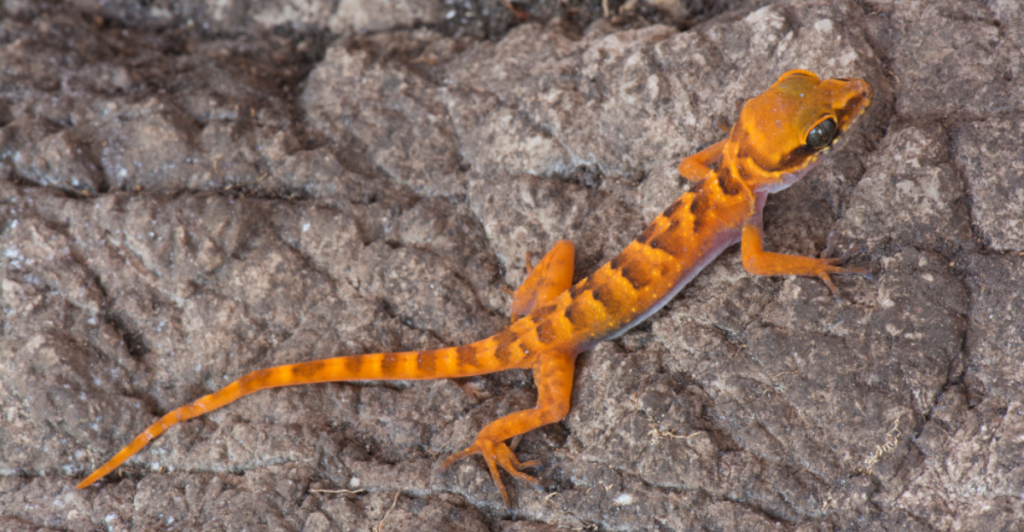
Some of these newly discovered geckos have evolved to be expert climbers. With specialized toes and incredible grip, they easily navigate vertical rock faces. Their unique bodies help them survive in places most animals can’t reach, proving nature always finds a way.
Surprising Adaptations—Bigger Eyes, Flatter Heads, and More
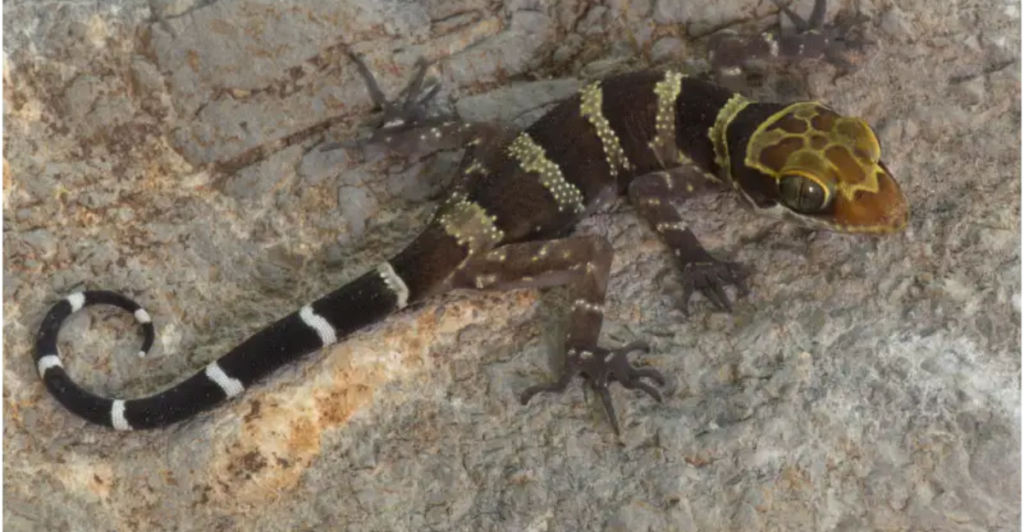
What makes these karst geckos so special? Their larger eyes help them hunt in dim cave lighting. Flatter heads let them squeeze into tight rock crevices. Elongated limbs give them superior climbing abilities. Each feature is a survival tool shaped by their extreme environment.
Karst Formations—Nature’s Isolated Evolutionary Labs
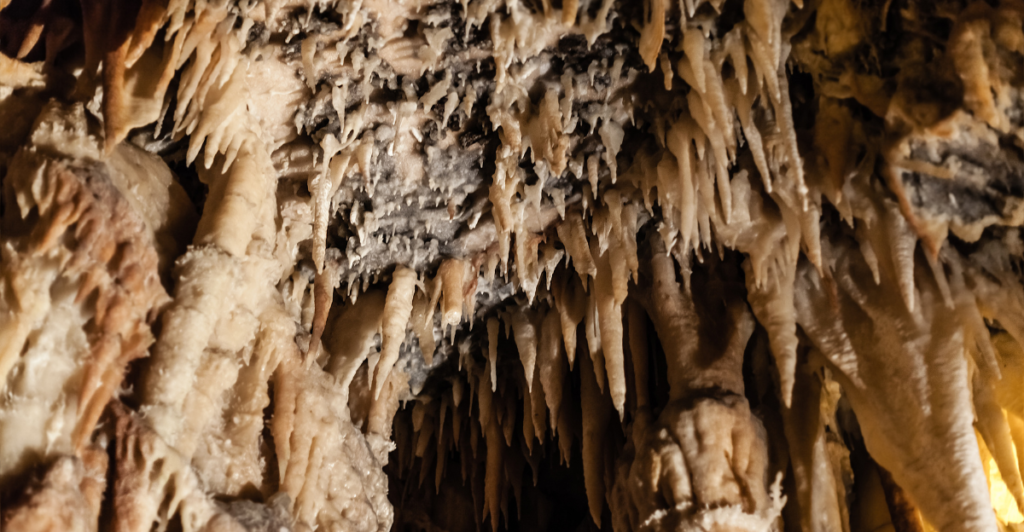
Karsts function like evolutionary islands. Each limestone formation holds species found nowhere else. Scientists have discovered that even geckos in nearby karsts can be genetically distinct, proving that these formations drive the evolution of new species at an astonishing rate.
A Hidden World—Geckos Found in Caves and Stalactites
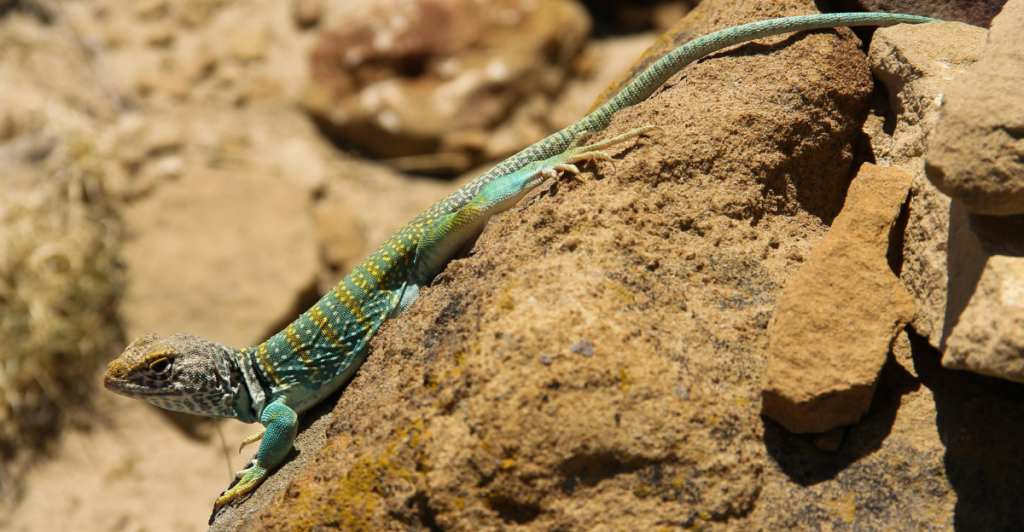
One newly discovered gecko was hiding underwater in a limestone cave, trickling down a stalactite—a behavior never recorded before. These discoveries show how adaptable and secretive these creatures are, surviving in places most people wouldn’t even think to look.
Why Scientists Expect to Find 200 More Gecko Species
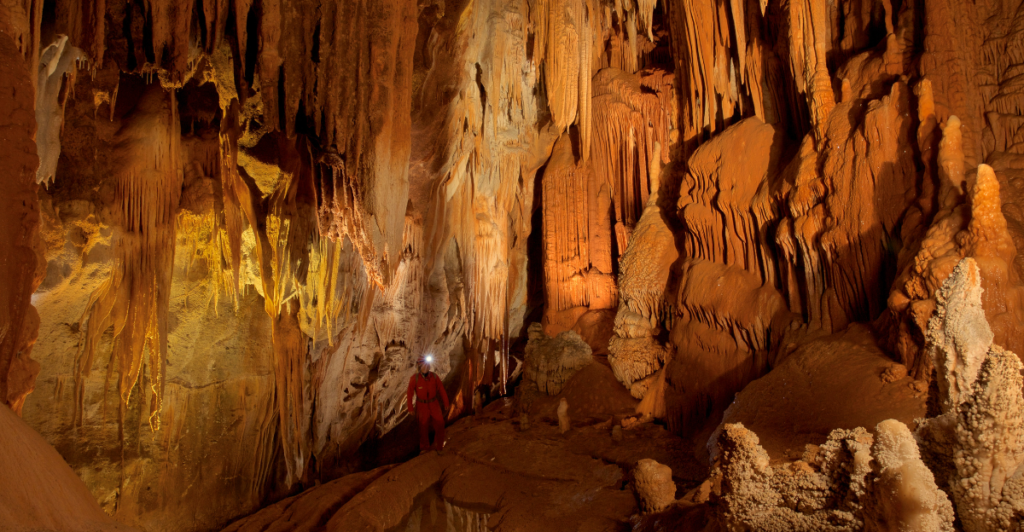
Scientists have explored only 20% of western Cambodia’s karsts, yet they’ve already found numerous new species. With so much left undiscovered, researchers believe there could be 200 or more gecko species still waiting to be found in these ancient rock formations.
How These Discoveries Change What We Know About Evolution
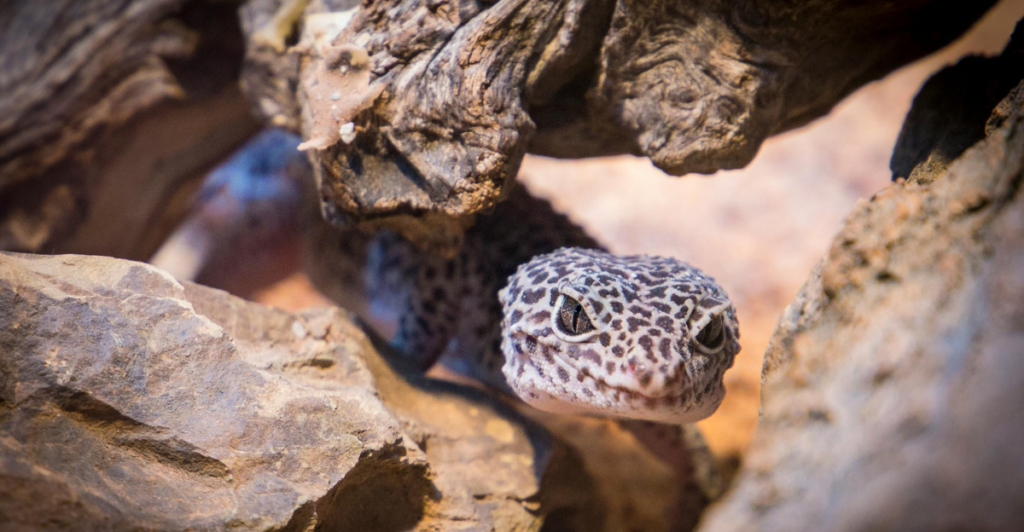
The rapid discovery of new gecko species in karst landscapes challenges old beliefs. These formations aren’t just shelters—they’re dynamic evolutionary hotspots. They reveal how isolation, adaptation, and time combine to create entirely new species in ways scientists only begin to understand.
The Future of Gecko Research in Cambodia and Beyond
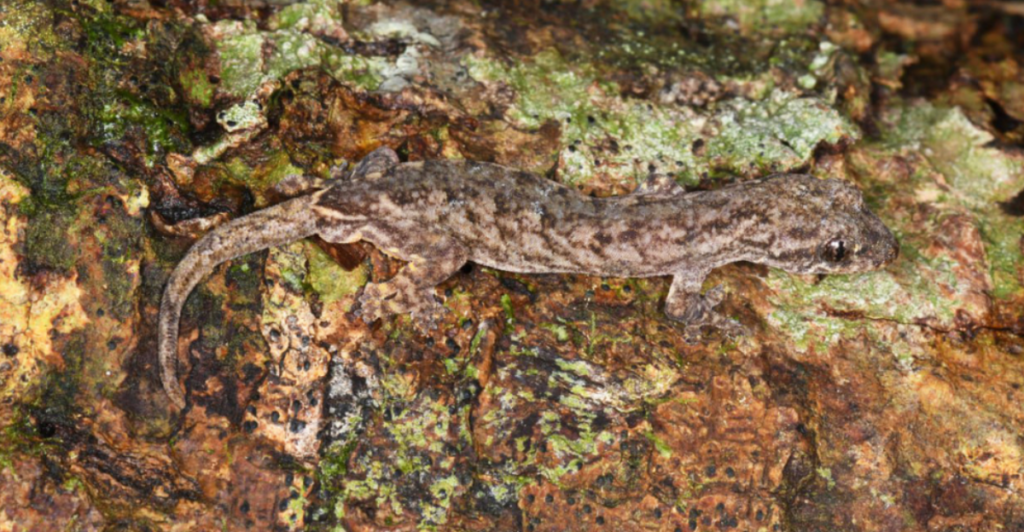
Expeditions to Myanmar and Cambodia will continue in 2025, with scientists eager to uncover more gecko species. Every new discovery reshapes what we know about evolution. As researchers explore deeper into these limestone worlds, who knows what other hidden giants await?
Discover more of our trending stories and follow us to keep them appearing in your feed

“There Will Be Eruptions”: Concerns Mount as Yellowstone Supervolcano Activity Shifts
Scientists Are Bringing Back The Wooly Mammoth
Massive Solar Plant Is Shutting Down Early—Saving Californians Over $500M
Study Says 2035 Is Climate Change Point of No Return
References:
Reference 1
Reference 2
Reference 3
This article first appeared here
Stay connected with us for more stories like this! Follow us to get the latest updates or hit the Follow button at the top of this article, and let us know what you think by leaving your feedback below. We’d love to hear from you!







